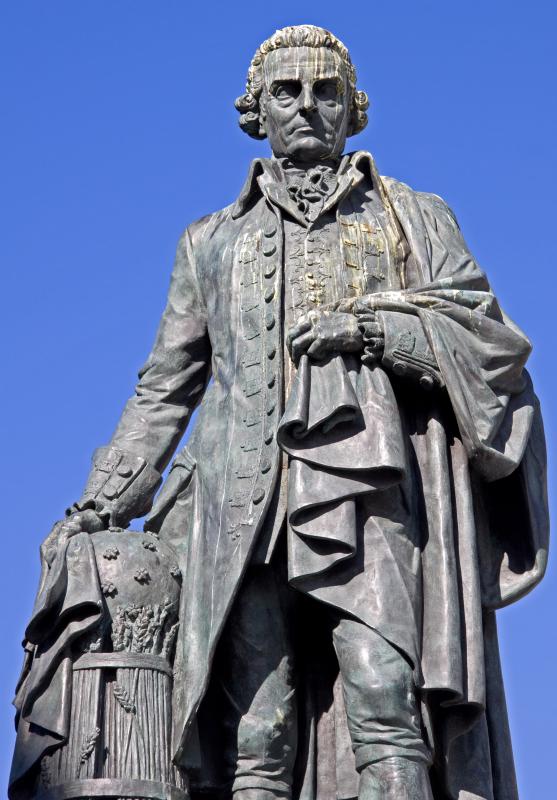At WiseGEEK, we're committed to delivering accurate, trustworthy information. Our expert-authored content is rigorously fact-checked and sourced from credible authorities. Discover how we uphold the highest standards in providing you with reliable knowledge.
What Are the Different Types of International Trade Models?
International trade models may be traced back at least to the theory of absolute advantage put forward by Adam Smith. This theory demonstrated that it was beneficial for a country to specialize and to engage in international trade if it could produce some goods more efficiently than its trading partners. This theory was further developed by the comparative advantage theory of David Ricardo, which showed that a country should specialize in those goods in whose production it was comparatively efficient. Ricardo’s theory has been further refined in more recent times to produce neo-Ricardian theory that uses fewer assumptions than the original theory. Other important international trade models include the Heckscher-Ohlin theory, which emphasizes the importance of factors of production in a country, and gravity theory, which looks at the size and proximity of trading partners.
While Smith only demonstrated that international trade was beneficial in certain specific circumstances, Ricardo’s theory showed it always makes sense for a country to specialize in producing those goods and services in which it is comparatively most efficient. This specialization increases productivity and boosts the total output of the country. A country does not need to have an absolute advantage in producing goods provided the opportunity cost of producing the goods is lower than that of its trading partners in producing the same goods.

Ricardo’s theory of comparative advantage uses numerous assumptions. For example, it assumes the only input to industrial production is labor and that this labor is mobile between industries but not between countries. Modern refinements to Ricardian theory have produced international trade models that can demonstrate comparative advantage across a range of goods and countries, rather than Ricardo's original model, which used two countries and two categories of goods.

The Heckscher-Ohlin model of international trade emphasizes the resources available in each country and stresses the importance of the factors of production in each country. The abundance of factors such as labor or capital in a country determines the type of international trade the country engages in. The country produces and exports goods that take advantage of the factors of production that are abundant and will import those goods that require the input of factors of production that are scarce in the country.
International trade models also include the gravity model that looks at the economic mass of each country and the distance between the trading partners. The gravity model arrives at a prediction of the trade flows between the countries based on these elements and other factors such as the colonial history between countries that have affected trading patterns. This model has some backing from empirical observations of transactions within trading blocs such as the North American Free Trade Association.
AS FEATURED ON:
AS FEATURED ON:












Discussion Comments
I can't believe that imports were considered a bad thing before, when the mercantilist model was in use. Now everyone knows that if it is cheaper to import something rather than make it, that's what should be done. I think during the mercantilist era, countries were afraid of becoming too reliant on one another. They wanted to be as self-sufficient and independent as possible.
@ysmina-- I'm not sure if I understand this correctly either, so if anyone wants to correct me or elaborate on this, please do.
When a country has absolute advantage in a good, I think it means that it produces that good more efficiently and cheaper than anyone else. So according to Smith, only that country should produce that good, no one else.
Ricardo, on the other hand, says that a country should produce goods that it has a comparative advantage in. So basically, a country should produce goods that it is relatively efficient in. For example, if it is cheaper and easier for a country to produce apples rather than corn, that's what it should do. This theory encourages countries to produce more, to import more and to export more.
I don't understand the difference between absolute advantage theory and comparative advantage theory. What does it mean to be comparatively efficient than absolutely efficient in a good?
Can anyone explain?
Post your comments